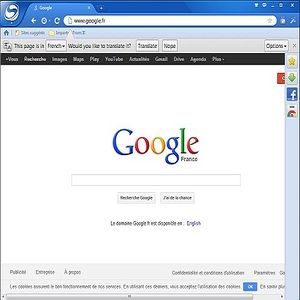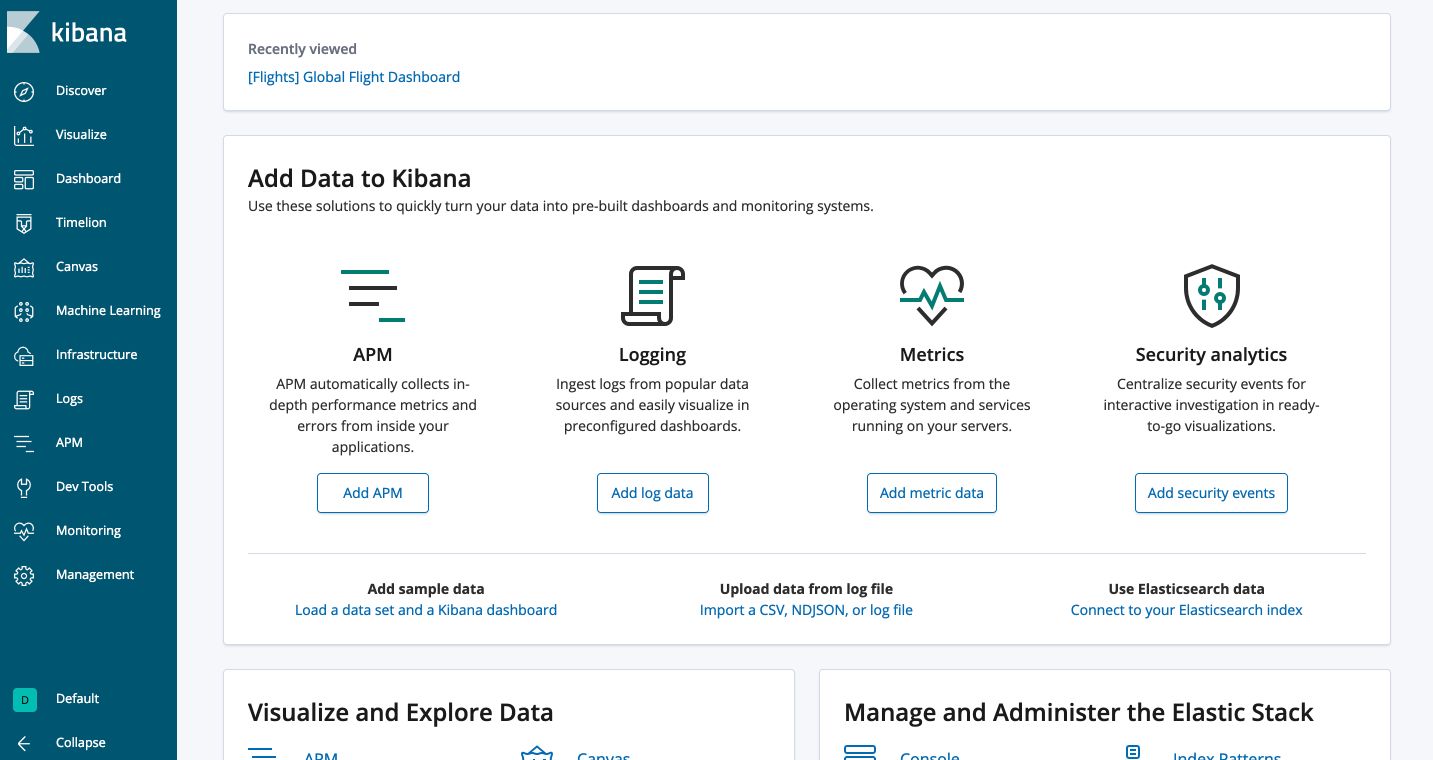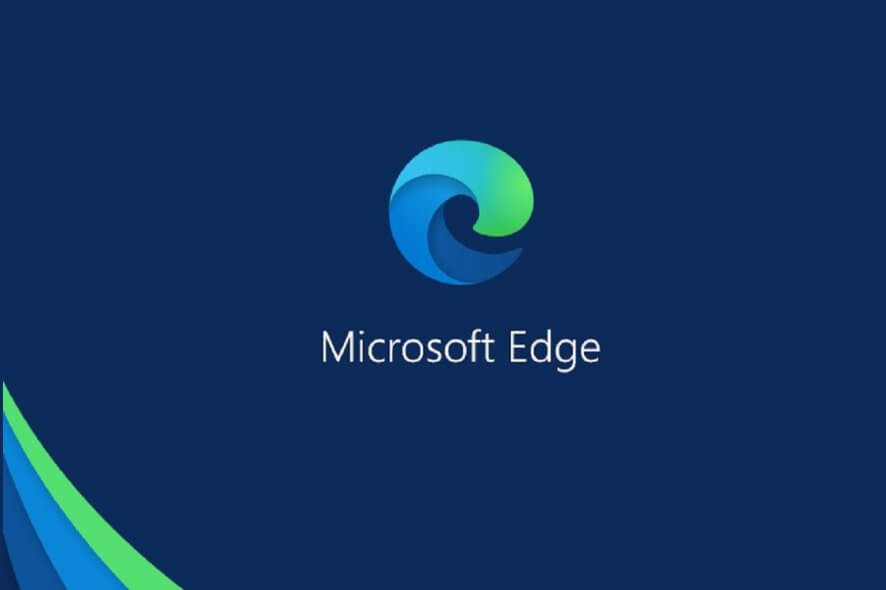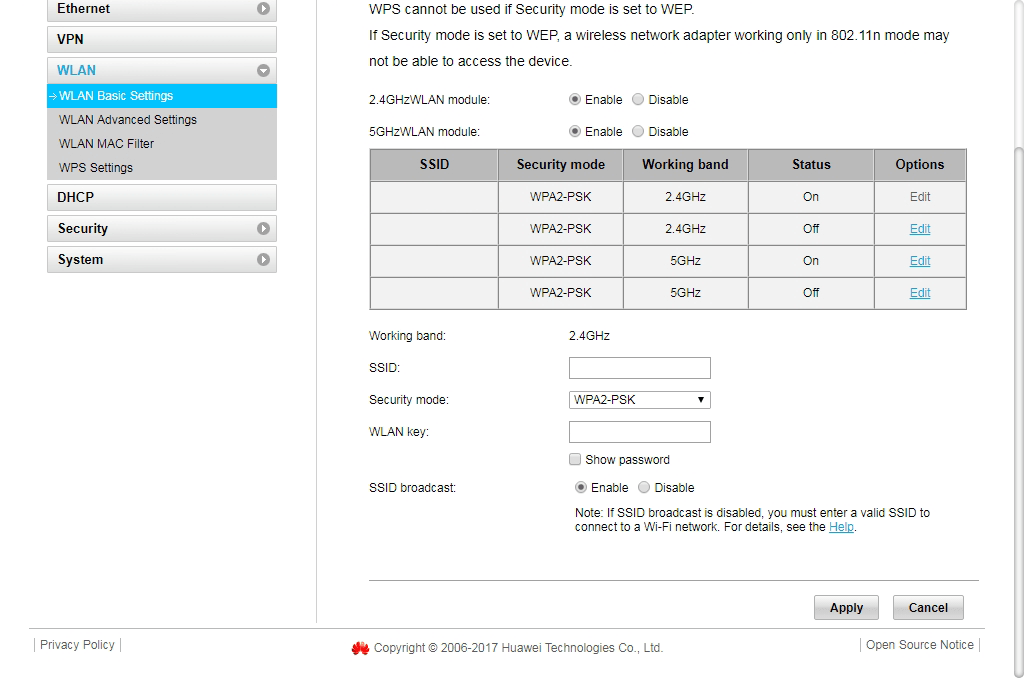
You can stop the history server by running the below command. $SPARK_HOME/bin/spark-class.cmd .history.HistoryServerīy default History server listens at 18080 port and you can access it from browser using Spark History Serverīy clicking on each App ID, you will get the Spark application job, stage, task, executor’s environment details. If you are running Spark on windows, you can start the history server by starting the below command.
SPARK FOR MAC SET DEFAULT BROWSER MAC
Now, start history server on Linux or mac by running.

hdfs://namenode_host:namenode_port/user/spark/spark-events

You can also set the location like an HDFS directory so history files can be read by the history server. Spark keeps a history of every application you run by creating a sub-directory for each application and logs the events specific to the application in this directory. logDirectory file:///user/spark/spark-events #Location from where history server to read event log You need to create the directory in advance.

Multitasking in iPadOS presents a great example of the new desktop-first mentality that Safari is going for - and what it looks like when device detection goes wrong. There may be other ways to identify an iPad user, but those may end up being hacks in the long-run, so its best to design content for web standards, not specific devices. From a design perspective, you should (already) be using responsive design and fluid layouts (not discrete breakpoints!) to flow content intelligently across different viewport sizes. If you're using Sitecore's device detection features to readily distinguish between phone, tablet, and desktop devices, iPad devices will now load the desktop layouts of your sites.įrom the standpoint of functionality, you should ensure that your website/webapp displays and behaves correctly across all devices, despite the user agent string.

What iPadOS Means for Sitecore Developers User agent strings have never been a foolproof way to identify a user's device, and this really proves that point.įor comparison's sake, here's mobile Safari on an iPhone XR running iOS 13.1.2: Mozilla/5.0+(iPhone +CPU+iPhone+OS+13_1_2+like+Mac+OS+X)+AppleWebKit/605.1.15+(KHTML,+like+Gecko)+Version/13.0.1+Mobile/15E148+Safari/604.1 Notice how there is no mention of iPad or mobile or iPhone anywhere in the iPadOS Safari user agent - it reads almost identical to the desktop browser. Safari in iPadOS now identifies itself to web servers as a desktop browser by default (users can turn this off, but most won't). Older versions of Safari include iPad in their user agent string. What does that mean, exactly? Let's talk about user agent strings. What Safari and iPadOS Mean For Device Detection in SitecoreĪpple's iOS 13 and iPadOS was released this fall, and among the many changes (and bugs) was one small one tweak to the Safari web browser that web developers will need to understand: Safari now requests the desktop version of website by default in iPadOS.


 0 kommentar(er)
0 kommentar(er)
